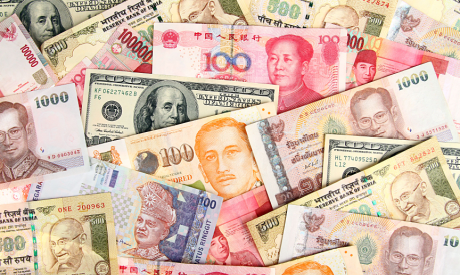Ahead Today
G3: US new home sales
Asia: Singapore industrial production
Market Highlights
The key takeaway from several Fed speakers last Friday is that there remains no rush for the US Fed to ease anytime soon. Fed’s William said the US economy is moving in the right direction and a rate cut looks likely later this year. He also said that Fed officials are looking for consistent signs that inflation continues to move towards their 2% target. Meanwhile, Fed’s Waller said that the rise in CPI in January, along with the ongoing strength of the US economy, warrant caution in pivoting to monetary easing, though he also looks for the Fed to cut rates later this year. Notably, Waller added that delaying rate cuts for a few months will not have a substantial impact on the US economy.
Meanwhile, Germany’s final Q4 GDP fell 0.3%qoq (-0.4%yoy), dragged down by large declines in capital investment. The IFO business expectation index rose to 84.1 in February, from 83.5 in January. But it has stayed subdued, reflecting a prolonged slump in the industrial sector.

Regional FX
Asian currencies were generally weaker against the US dollar.
China’s new home prices for 70 cities fell 0.4%mom in January, marking the eight straight months of sequential declines. From a year ago, new home prices declined 1.2%, the 22nd month of consecutive falls. In the latest policy measure to support the property sector, China cut its 5-year loan prime rate by 25bp to 3.95% on 20 February. The USDCNH continued to trade above the 7.20 level.
Thailand’s exports rose 10%yoy in January, beating analyst estimates of 7.9%, but imports were up by 2.6%yoy, versus market consensus for a 4.5% contraction. As a result, Thailand reported a wider deficit of US$2.8bn than market consensus for -US$1.4bn. the Thai baht notably weakened by 0.8% above 36 against the US dollar last Friday, reversing its gains in the prior two days.
Meanwhile, Malaysia’s CPI steadied at 1.5%yoy in January. And Singapore’s headline inflation slowed to 2.9%yoy in January from 3.7% in December. Smaller increases in transport and housing costs mainly contributed to the moderation in Singapore’s headline inflation. Meanwhile, MAS core inflation slowed to 3.1%yoy in January despite the 1ppt GST rate hike at the start of the year. In the coming months, more evidence of inflation returning to around the 2% level would prompt the MAS to consider easing its tight policy setting. For now, with the MAS expecting growth to pick up this year and CPI inflation still sticky above 3%yoy, we maintain our view for the MAS to maintain its current policy setting (est. 1.5% p.a. appreciation of the S$NEER policy band).
A key focus later today will be on Singapore’s industrial production data for January. Market consensus is for industrial production to pick up to 3.7%yoy, from -2.5%yoy in December, reflecting an improvement in Singapore’s growth outlook.



